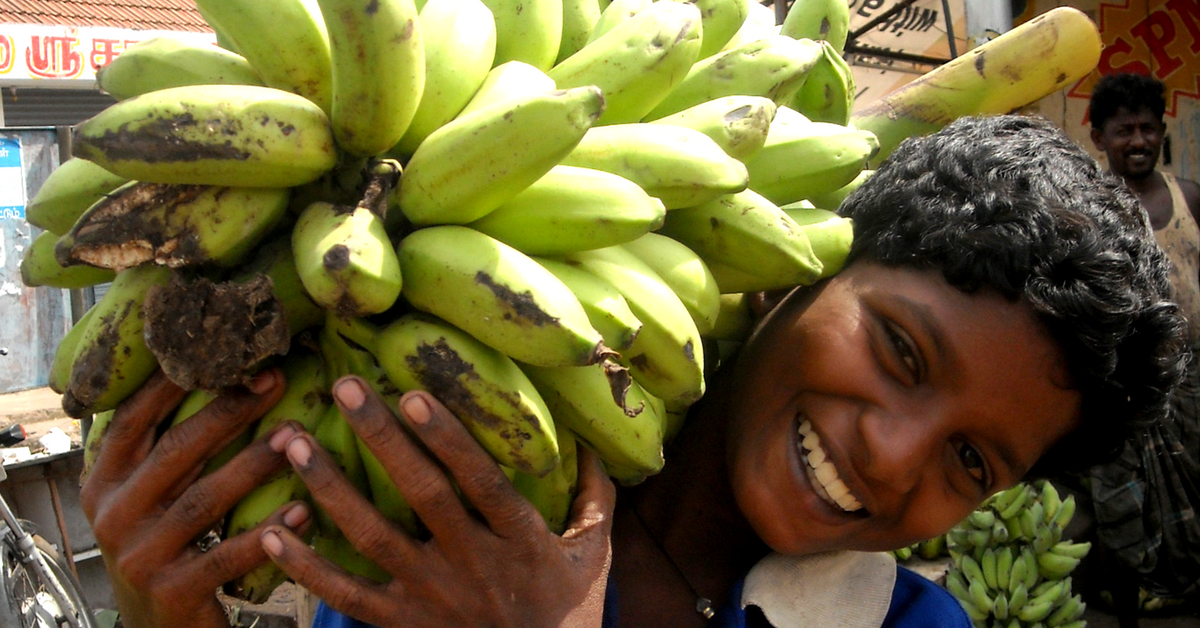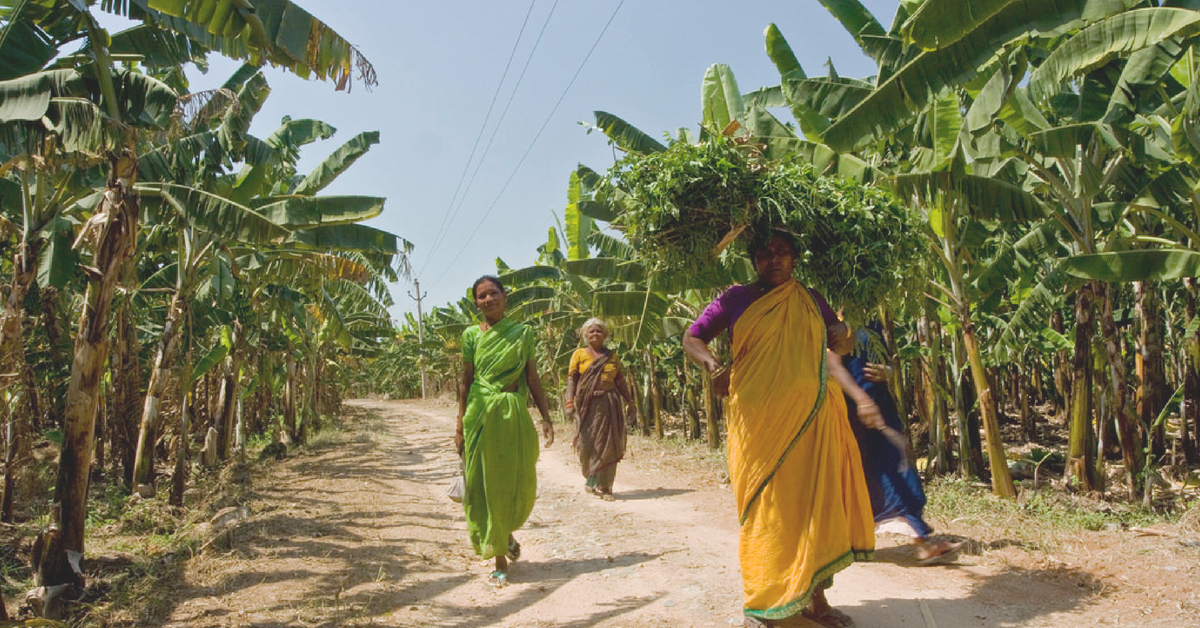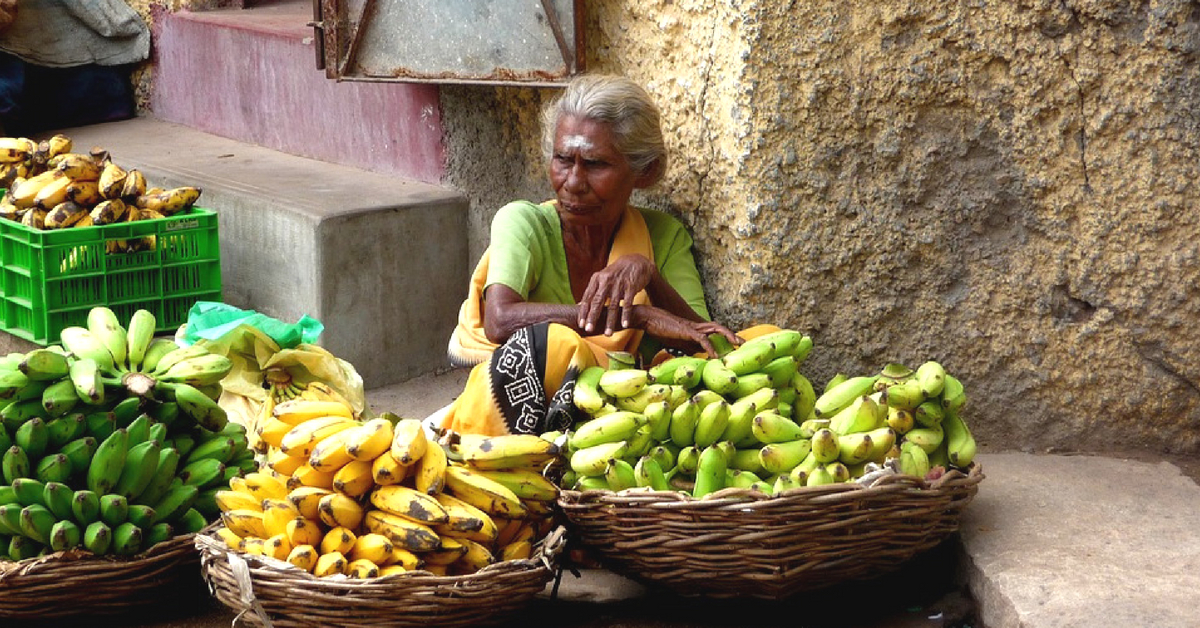How This Maharashtra District Produces More Bananas Than 6 Countries in the World!
With just about enough rainfall and a hot climate, one wouldn't think that the farmers in Jalgaon would be keen on cultivating a crop like the banana.

Situated in the North-Western part of Maharashtra and neighbouring the state of Madhya Pradesh is the city of Jalgaon. With just about enough rainfall and a hot climate, one wouldn’t think that the farmers there would be keen on cultivating a crop like the banana.
It comes as a surprise then, that the Jalgaon district is one of the top producers of the fruit in the world—so much so, in fact, that the Indian Express reported that if it were a country, Jalgaon would be the seventh largest producer of banana.
And why not? The district accounts for about 70% of Maharashtra’s banana yield and between 11-12% of the country’s annual output.
How then, did a dry district like Jalgaon which does not receive abundant rainfall and is definitely not one of the country’s ‘cool’ areas, succeed in securing these numbers?

The major credit for these production levels goes to the introduction of drip irrigation in Maharashtra. A standard 15 horsepower motor used for flood irrigation that could once serve only about 10,000 plants in their best capacity, now waters about 15,000 plants under drip irrigation.
Premanand Hari Mahajan, a banana farmer in Raver Taluka, Jalgaon told IE, “Under normal flood irrigation, a 15-HP motor pump could at best water 10,000 plants even with 24-hour electricity supply. Through drip irrigation, you can cover 15,000 plants using the same 15HP motor even with 8-hour power. The effective water savings is 60-70%.”
Along with the high rate of water savings, the risk of soil-borne diseases that arises in flood irrigation is also negated when water is dripped into the soil.

Also, the weather that might have once been considered unfavourable provide an added benefit to the banana farmers as the plants became less vulnerable to diseases like Sigatoka Leaf Spot and Fusarium Wilt Fungal Diseases which thrive in a humid climate.
KB Patil, the vice president (Tissue Culture & Agricultural Services) at Jain Irrigation Systems Ltd (JISL) told IE, “These have wreaked havoc across plantations in Central America and Philippines, with high humidity and round-the-year rainfall actually conducive to their spread. It has forced aerial spraying of fungicides, accounting for up to 40% of total production costs.”
The irrigation process thus successfully overcame the dry climate that is characteristic of northern Maharashtra. JISL was the company who introduced drip irrigation to India in 1989.

Banana plants need a more humid climate than what Jalgaon offers. So the individual farmers who contribute to the export of bananas in other states and out of India used the method of close planting. A closed canopy over the plants provided them with the humid conditions that the banana plant favours.
You may also like: Kiwi Farmers of Arunachal’s Ziro Valley Give ‘Corky’ Twist to Their Future!
Yet another innovation that Jalgaon farmers use to ensure a disease-free and uniform cultivation is the tissue-culture that strays away from the more conventional sucker planting. Usually, the body shoots that develop from the mother banana plants (or suckers) are uprooted and transplanted as seeds for the next crop. However, the tissue culture involves cutting these suckers into parts of size 1-1.5mm, planting them into artificial growth mediums that contain essential nutrients for enlargement. They grow up to 10-15mm in 12 weeks. They are then cut into pieces and replanted for multiplication and production of shoots.
This seemingly tedious method ensures increased production rates and a shorter period of harvest.
Such innovative methods have made Jalgaon a “Banana Republic”. What could have easily been brushed off as unfavourable conditions for banana cultivation, has now become an advantage, and accessibility to markets that have a high demand for the fruit is just an added benefit to the banana farmers.
(Edited by Gayatri Mishra)
Like this story? Or have something to share?
Write to us: [email protected]
Connect with us on Facebook and Twitter.
NEW: Click here to get positive news on WhatsApp!
If you found our stories insightful, informative, or even just enjoyable, we invite you to consider making a voluntary payment to support the work we do at The Better India. Your contribution helps us continue producing quality content that educates, inspires, and drives positive change.
Choose one of the payment options below for your contribution-
By paying for the stories you value, you directly contribute to sustaining our efforts focused on making a difference in the world. Together, let’s ensure that impactful stories continue to be told and shared, enriching lives and communities alike.
Thank you for your support. Here are some frequently asked questions you might find helpful to know why you are contributing?


This story made me
-
97
-
121
-
89
-
167













